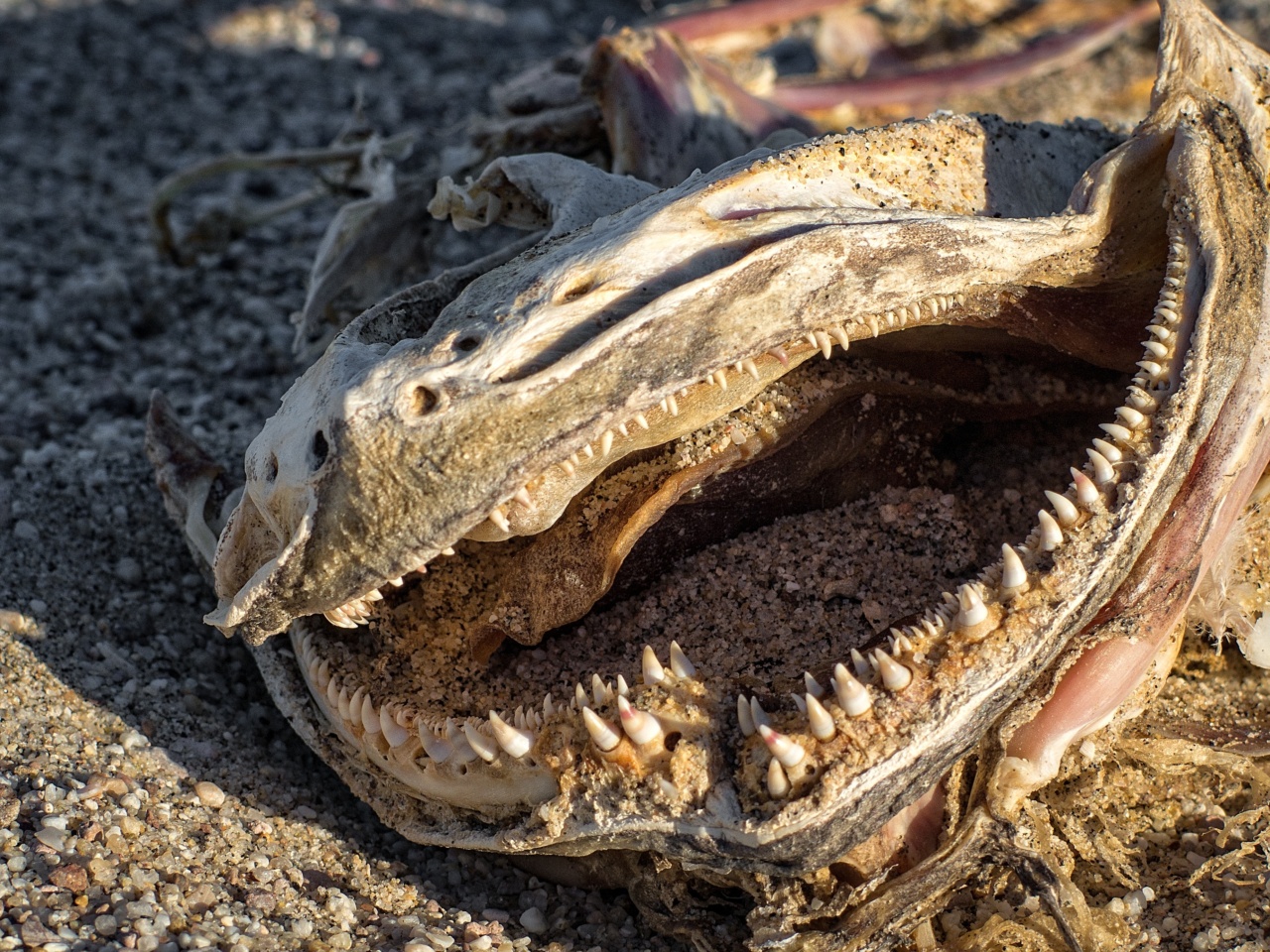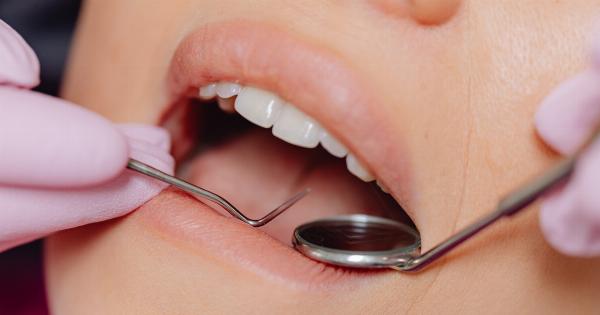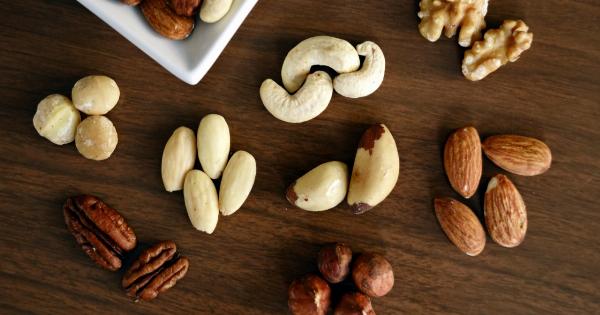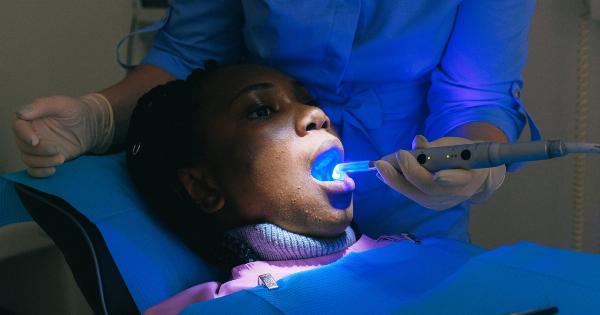Tooth decay is the destruction of the tooth structure, which can affect the enamel (the outer layer of the tooth), the dentin (the soft inner layer), and the pulp (the center of the tooth which contains nerves and blood vessels).
Tooth decay is caused by bacteria that produce acid which erodes the tooth enamel and cause cavities. Common symptoms of tooth decay include tooth sensitivity, pain, visible holes or pits in the teeth, and bad breath.
Genetic Factors of Tooth Decay
Tooth decay is a complex disease that is influenced by various factors such as diet, oral hygiene, and genetics.
While diet and oral hygiene are modifiable factors that we can control, genetic factors play an important role in the susceptibility of an individual to tooth decay.
Research indicates that genetics accounts for approximately 60% of the susceptibility of an individual to tooth decay.
This is because certain genes can influence the structure and composition of the teeth as well as the balance of bacteria in the mouth.
Enamel Formation Genes
Enamel is the hard, protective layer that covers the teeth. It is the first line of defense against acid and bacteria that cause tooth decay. The formation of enamel is regulated by several genes such as AMELX, ENAM, and TUFT1.
Mutations in these genes have been associated with enamel hypoplasia, a condition where the enamel is thin and weak, increasing the risk of tooth decay.
Dentin Formation Genes
The dentin is the inner layer of the tooth that is responsible for the support and structure of the tooth. Dentin formation is regulated by several genes such as DSPP, DSP, and DMP1.
Mutations in these genes have been associated with dentinogenesis imperfecta, a condition where the dentin is defective and weak, increasing the susceptibility of the teeth to tooth decay.
Saliva Genes
Saliva plays an important role in the oral health of individuals. It helps to cleanse the mouth and neutralize the acids produced by bacteria. Salivary composition is regulated by several genes such as MUC7, AMY1, and PRH2.
Mutations in these genes have been associated with changes in salivary composition, reducing its protective properties against tooth decay.
Bacteria Genes
The balance of bacteria in the mouth is crucial for maintaining oral health. Certain genes can influence the composition of the oral microbiome, making some individuals more susceptible to tooth decay than others.
For example, mutations in the DEFB1 gene have been associated with a higher risk of tooth decay due to changes in the composition of the oral microbiome.
Inheritance of Tooth Decay
Tooth decay is a complex disease that is influenced by multiple genetic factors. It is inherited in a complex manner, where multiple genes and environmental factors play a role.
However, research suggests that tooth decay may be inherited in an autosomal dominant manner, where a mutation in a single gene can increase the susceptibility of an individual to tooth decay.
Conclusion
Tooth decay is a common oral disease that affects millions of individuals worldwide.
While diet and oral hygiene play an important role in preventing tooth decay, genetic factors also play a crucial role in determining an individual’s susceptibility to the disease. Understanding the genetic factors that contribute to tooth decay can help to develop personalized treatments and preventive strategies for individuals at high risk of the disease.




























